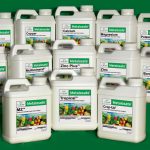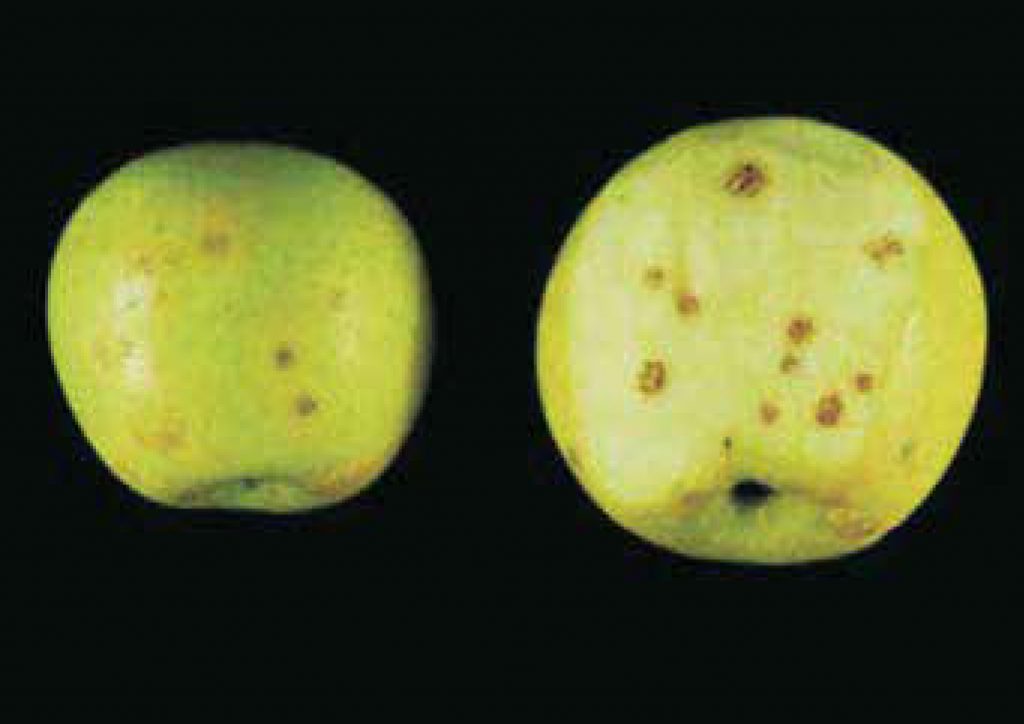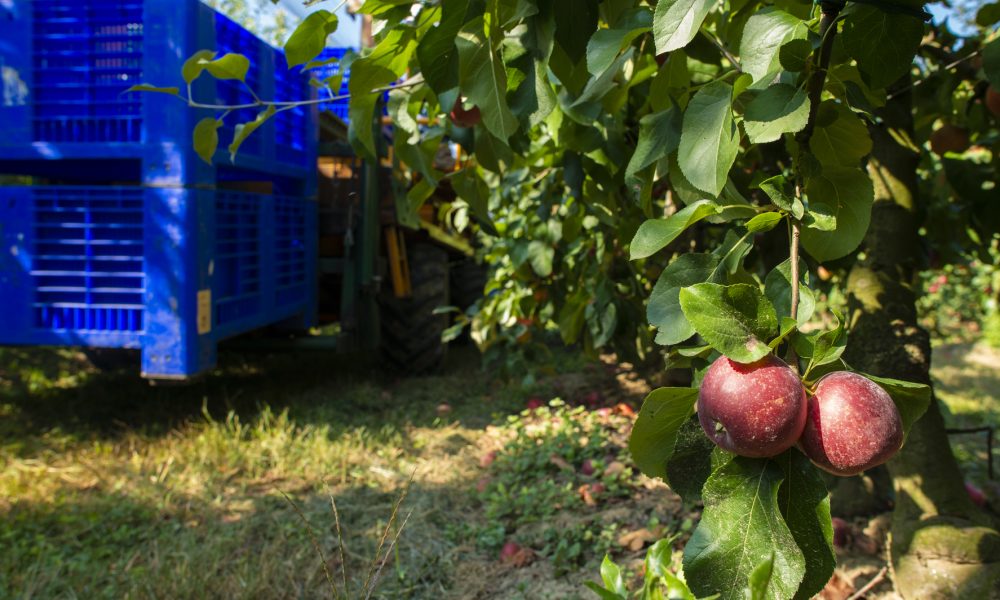
Calcium Function in Plants
The use of calcium foliar sprays in production agriculture has become a standard practice in many production schemes, especially when dealing with crops where shelf and storage life and fruit firmness are significant factors in determining the quality of the product. The fact that calcium plays a critical role in producing and maintaining superior fruit quality is well documented and is widely understood in the agricultural community.
Calcium is a divalent cation which regulates the absorption of nutrients across the plasma membrane. It also functions in cell elongation and division, structure and permeability of cell
membranes, nitrogen metabolism, and carbohydrate translocation. Even at very high concentrations, calcium is nontoxic to plants, and actually serves as a detoxifying agent by tying up toxic compounds and maintaining the cation anion balance in the cell vacuole. Since calcium is part of the cell wall and acts as the cement that binds the cell walls together, it is one of the most significant factors of firmness and storage life of fruit. The viability of seeds is directly related to their calcium concentration, creating a big problem in melons, for example. As the melon matures and ripens, the seeds become a big sink for calcium, thus reducing the content of calcium in the melon flesh and decreasing quality and shelf life of the melons.
The Calcium Paradox
Calcium is passively moved in the xylem (water conducting) system of the plant, which is dependent upon transpiration. Leaves have a much higher rate of transpiration than fruit. Because of this, the calcium concentration in the fruit is lower than that of the leaves. Leaf concentrations of calcium are usually poor indicators of calcium levels in the fruit.
Bitter Pit in Apple
When the hot summer months arrive and fruit is developing, growing, enlarging, the need for calcium is great. These are the times when calcium movement is poorest due to the tree shutting down the transpiration system in the hot daytime hours. The result is significantly reduced calcium movement. In the pome fruits this reduction in calcium movement has a negative impact upon fruit quality. The most obvious disorder is bitter pit. Bitter Pit results from having inadequate calcium levels in the fruit flesh. Cork spot in pear is a similar disorder.
Figure 1: Bitterpit In Apple

When Should You Spray Metalosate® Calcium?
We have learned from many years of experience that very early applications of Metalosate® calcium are extremely beneficial, especially on tree fruit crops. We recommend making applications of 1.0 quart/acre or 2.3 L/ha with bloom sprays (5%, full). The Metalosate calcium can be safely applied at these critical timings without worry of marking fruit or causing damage. Continued applications at 1.0 to 2.0 quarts/acre or 2.3 to 4.6 L/ha with cover sprays are highly recommended throughout the growing season up until harvest.
At the bloom and shortly thereafter timings, the fruit cells are undergoing very rapid cell division. Supplying the plant with ample calcium at this time is critical to facilitate the rapid cell growth and division. Once the fruit has formed, it contains all the cells it will ever have. From that point on, it is simply a matter of cell elongation. If you can “supercharge” the cells in the beginning, you are much further ahead of the game than if you try to play catch-up throughout the season.
This same principle of supplying calcium to very young fruit is applicable to many crops. If you have questions regarding specific crops or timings, contact your local Balchem Plant Nutrition representative.
In closing, a thought to consider: The Pessimist complains about the wind, the Optimist expects it to change and the REALIST adjusts his sails.


